I can’t imagine how many times over the last thirty plus years of underwater photography I went to the bottom with the wrong lens. Usually in New Jersey, it was having a wide angle lens and having poor visibility. In the tropics, I usually found myself with a wide angle lens but I just could not find good wide angle subjects. Even more prevalent than the wide angle lens dilemma was having a macro or close-up lens when an amazing wide angle subject presented itself.
While scanning and correcting my 35mm slide library, I come across images that vividly remind me of certain situations. A group of photos reminded me of a dive when I really wished I had a wide angle lens or at least that was my thought at the time. I was diving in the northern Bahamas with my great friends, Robin and Warren Reed. Warren was our guide and pathfinder. I am pretty poor at underwater navigation and Robin isn’t much better. Warren always finds his way home (well almost always) but the times that he does not, I could count on one hand. I think that Robin and I both had a Sigma 28-80mm macro lens on my housed film camera.
We were wandering around across a flat plain that was devoid of wide angle subjects. There weren’t many large sea fans, sponges, gorgonians or anything else that would fill the lens. Initially, I felt that I had picked the correct lens and looked close to find suitable subjects. About half way through the dive, Warren started pointing excitedly. I turned my head to see what he saw and found myself staring at a huge loggerhead turtle, Caretta caretta, slowly meandering along. I looked at my camera and lens combo and felt sick to my stomach. I didn’t have very many photos of a loggerhead turtle swimming in the open ocean. Most that I have seen in the northern Bahamas were on a little wreck named the Hesperus in about fifteen feet of water on the Gingerbread Grounds near Bimini. The turtles came to this spot in the evening to sleep so although I have quite a few loggerhead photos from the Hesperus, most were of turtles on the bottom.
This may have been the first turtle that we saw on the trip and I really wanted to increase my library of loggerhead turtle photos. I knew that I would not be successful on this dive. Rather than give up, I swam towards the turtle and tried to figure out what I could do with the lens that I had. It was swimming slow enough that I could easily stay with it. Then it occurred to me to shot the head of the turtle as it swam along – kind of like taking headshots of a person. Why waste the opportunity completely?
As I swam parallel with the loggerhead and looked through the viewfinder of my camera, I was pleasantly surprised. The loggerhead was not alone. He had a juvenile pilot fish swimming with him. I never would have seen it if I was shooting with a wider angle lens.
I shot at least a dozen photos of the head of the loggerhead turtle and in everyone but one, the pilot fish was in view.
While I shot photos of the turtle and his little friend, Robin was shooting the same type of shot on the other side of the turtle. Unfortunately, she never got to see the pilot fish and the opportunity was over so fast that there was no time to tell her what I saw. In the end, we were both pleased with our results.
So what is the point of this story? Even without a wide angle lens on my camera, many divers (myself included) often take a wide angle view of the underwater world and we miss so much. We also miss opportunities like this one when we get bummed out for not having the right equipment. In reality, the equipment that we have with us on any dive is the right equipment. We just have to figure out how to make it work in our situation.
Sometimes, it means looking at different lenses to be ready for the unknown. My standard lens while diving in New Jersey right now is a Tokina 10-17mm fisheye lens. That seems like an odd lens to take diving where visibility isn’t always ideal for wide angle photography.
One of the advantages of the Tokina lens is that it will focus just about to the surface of the camera housing dome port.
I use a 100mm (4”) Zen port for this lens which makes it easier to light subjects when they are very close to the dome port. The disadvantage of this port is it is not very useful for over/under in/out of the water) shots. Since I don’t shoot over/under shots in New Jersey, it is not a concern.
To give you an example of how this works to my advantage in New Jersey. If the visibility is good, I shoot the lens as a wide angle lens as in the shot above. The photograph of the artificial reef Dykes (Steel Schooner) on the Sea Girt Artificial Reef was taken at 10mm.
If visibility is not so good, I can move the lens very close to the subject and use the 17mm end for the shot. This common sea robin was shot on the same dive as the wide angle photo above. This photo was shot at 17mm with the lens less than six inches from the fish. I could have gotten closer to fill the frame even more with the fish. I have been to the Caribbean since I purchased this lens and also use it as an all around lens in clear, tropical waters.
The bottom line is that we must make the best of our current situation. Many of the subjects that we are exposed to may present themselves to us only once and if we miss the opportunity, it is gone forever. So when you are in my “wrong lens” predicament, try thinking outside the box and find a way to turn the “wrong lens” frown upside down.
© 2013, Herb Segars. All rights reserved.

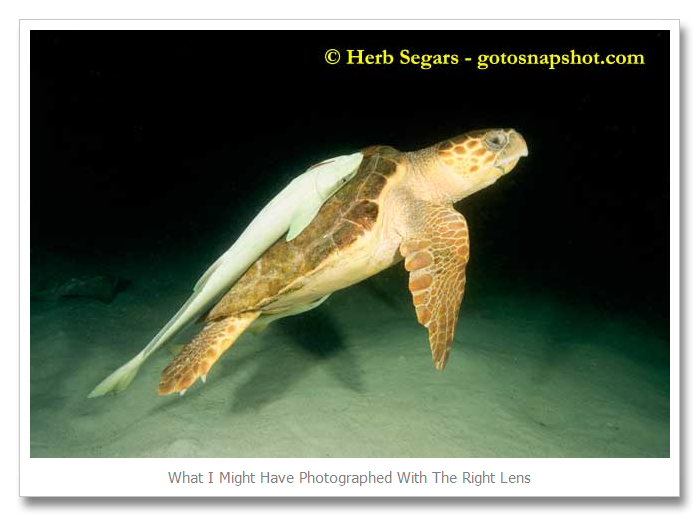
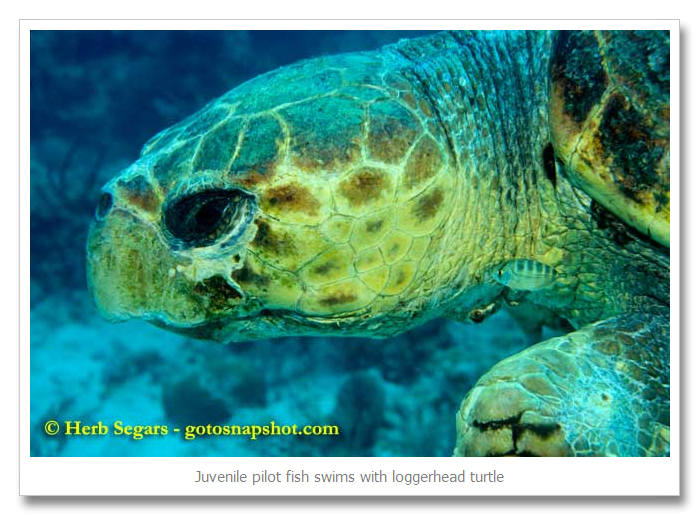
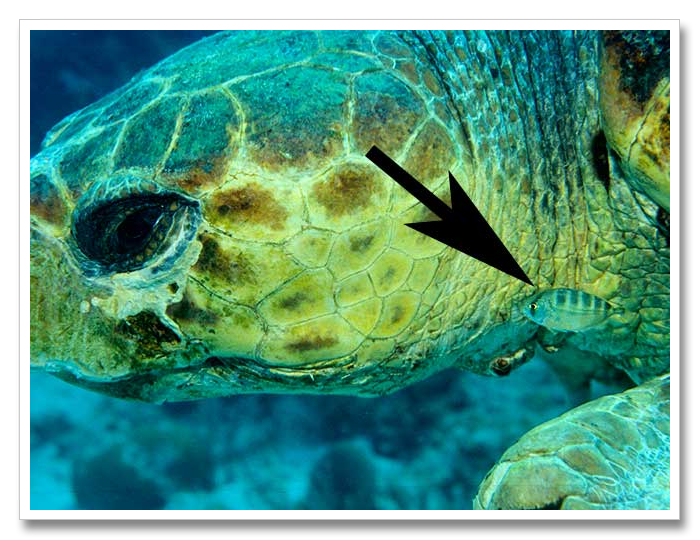
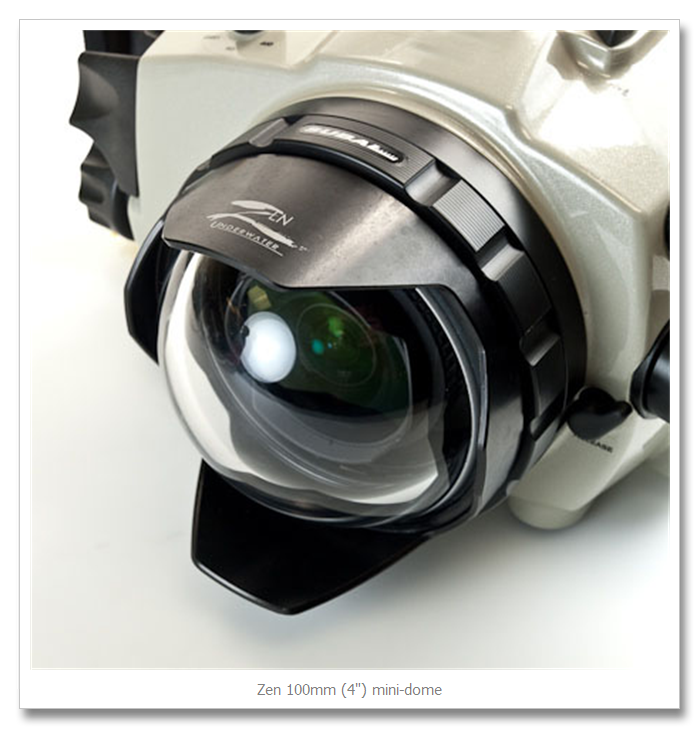
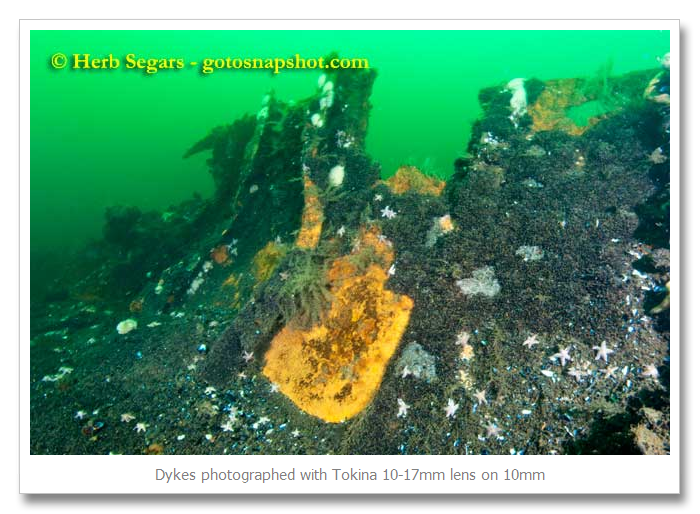
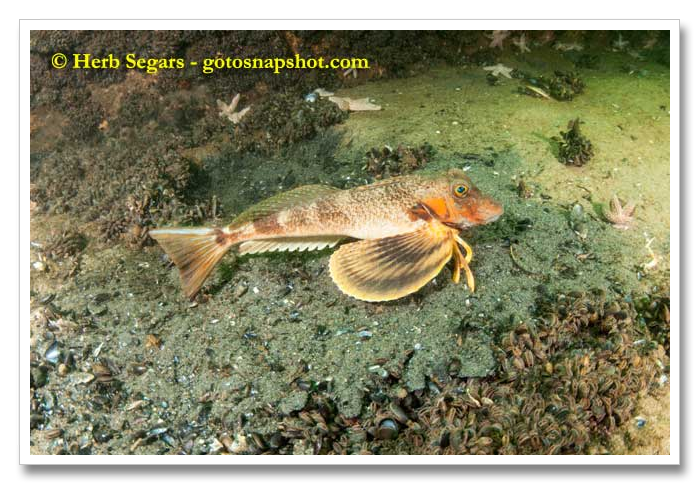

Making your articles or blog posts easily available for
reprints by other ezine publishers and webmasters will probably be the cornerstone
tactic in making an avalanche of pre-certified
visitors using your web site.
Within the function you want your information articles or blog posts for being
picked up and massively distributed by other people, outlined listed here
are 7 prevalent faults to avoid:
Furthermore to getting your information proofed
by other of us, you could also desire to be constructive that you’ve got obviously defined paragraphs. Nothing at all is worse than an enormous blob of text with 20 run-on sentences.
Readers now not read articles or blog posts or weblog posts in depth and usually only ‘scan’ your manual. They need smaller bites of info that is generally very quickly digested… also referred to as “info-snacking.”
Maintain your “express” from your very same man or woman all through the whole report. If that you are working with the initial guy or girl terms (I, me) or the moment particular person (you, we, us) or the third man or woman (they, them, he, she)…be regular by staying within a single tone of tone of voice to your complete information.
If you’re as outstanding as you realize you might be,
there could be no motive to fill the process aided by the posting
with hype, gratuitous hyperlinks on your web site or blatant self-promotion.
Visitors are smart and can see right by method of your “hype-veil.”
Better to only promote or pitch your organization inside the SOURCE SUBJECT beneath the process through the be able to write-up.
Examination I’ve completed indicates which the source field typically will get a three% CTR (Just mouse click By means of Price tag). Be confident you demand strengths of that by not offering hard in the body from your report.
Fixed by oneself in your own reader’s shoes and
request oneself, “What does this write-up provide me?” Evaluation what
your reader wishes to look at by carrying out survey’s along with your own viewers or do keyword investigation engine analysis to look for out what individuals are in quest of.
It could be a lot better to go in-depth utilizing a narrow topic. Define it. Clarify it. Relate to it. Use bullet tips or numbered lists. Present you a option or expertise that you’ve got around the matter.
Be distinctive in covering your matter as narrowly as you quite possibly can within the
way which has not been done by other of us. Brevity is golden.
The headline is frequently ~95% inside the initial motive why any person may probably go by way of your write-up or transfer it around for nevertheless yet another report. Never ever bore your industry out inside gate which has a dull headline or worse, a boring introduction towards the report.
If you have to utilize two sentences to make your headline, you are contemplating much much too difficult. Carry it uncomplicated and make it brief. Use key phrase examination means to optimize your report title.
It is usually OKAY to exploration The globe extensive world-wide-web for information strategies, but it’s not OK to replicate name-for-phrase of any post. Paraphrasing could also be classified as plagiarism. Be original. Allow the phrases flow out of your head into your posting. You may rest greater at night time together with your articles content articles could have a better value inside of industry.
Getting articles or blog posts or web site posts just isn’t an fantastic notion…specifically inside function you have a tendency to not get an exclusive license to make the most of them. What extremely beneficial may be the equivalent guidebook if hundreds of folks get in contact with it their very own? Just in case you do outsource your report generating to ghost writers, be particular you might have an exclusive suitable or license with the operates.
The SOURCE BOX is your compensate-away for supplying your report up without price tag reprints, but don’t abuse the welcome mat by including a dozen world-wide-web web page addresses. Stick with one web page URL or two at essentially probably the most consequently you’ll appear throughout your article may well perhaps locate a increased distribution cost.
Need to you wish to be actually tacky, contain an world-wide-web associate url inside of the RESOURCE DISCIPLINE.
A greater method is to receive a domain identify registered for each net-based software that you choose to pitch and incorporate the region establish that rewrites or refreshes to your world-wide-web internet affiliate url.
This is often greatly significantly less tacky and appears to become like extra skilled.
Visit my web blog; [url=https://www.dailyutahchronicle.com/?p=2579623]dailyutahchronicle.com[/url]